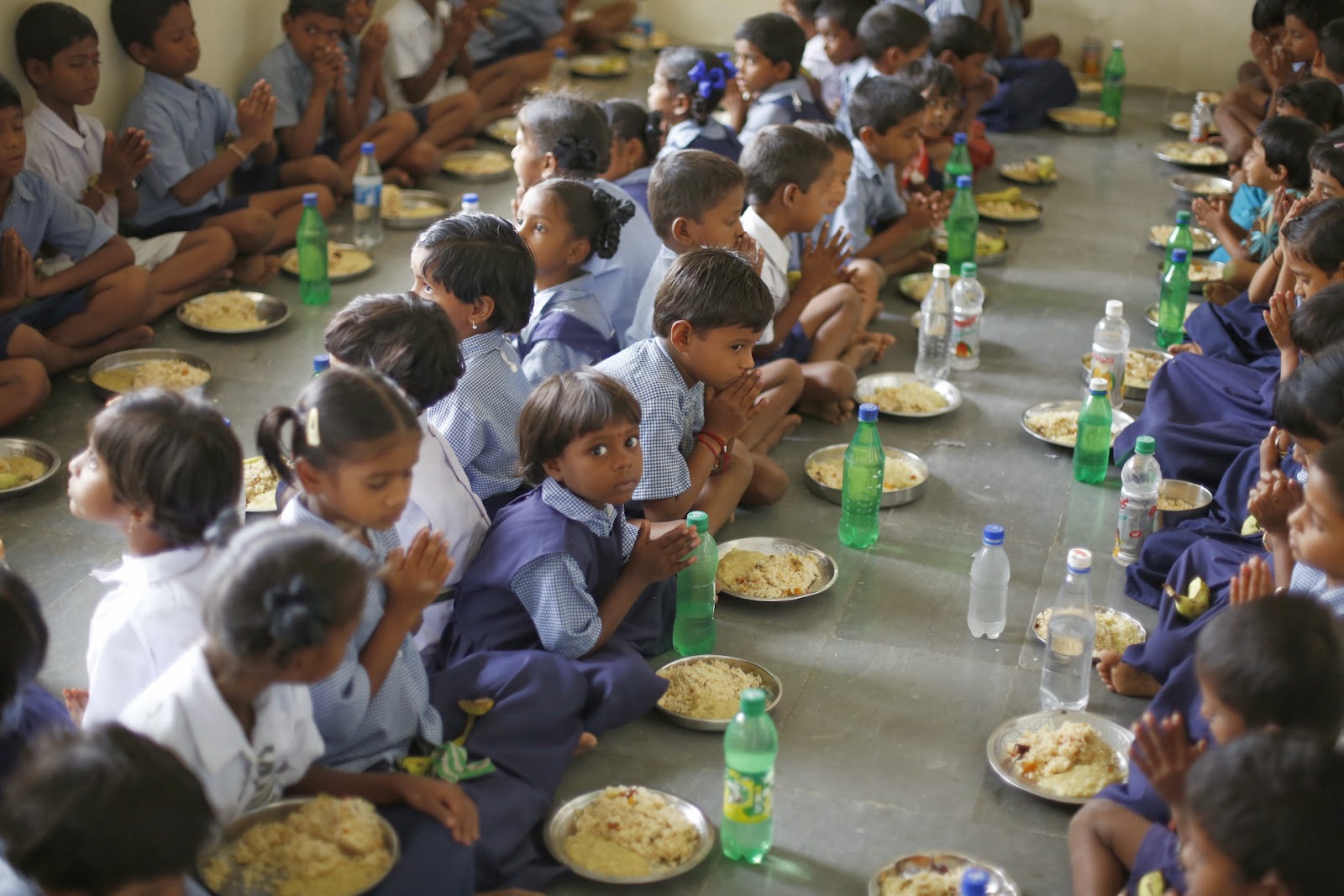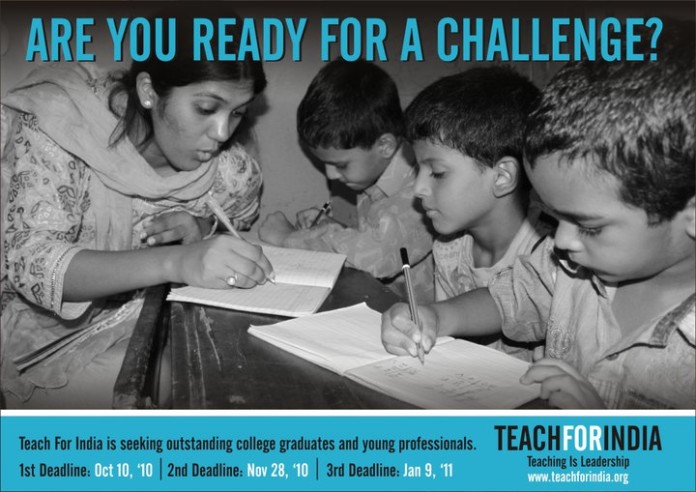While Indian nonprofits have a lot to learn from their counterparts operating in developed markets, a recent study of 20 large Indian NGOs, published in the March 2017 issue of Stanford Social Innovation Research (SSIR)’s magazine Impact India reveals that the world has a lot to learn from Indian NGOs – especially about how to scale with scarcity.

India is an ideal country for studying the challenges that growing nonprofits must overcome,” said Soumitra Pandey, a partner in Bridgespan. “As India’s nonprofits strive to help meet the needs of more than 250 million people who live on less than $2 daily, many push themselves to find the most effective ways of scaling their organizations with extremely limited resources.”
Bridgespan studied 20 Indian nonprofit organizations that have deftly managed the tension between scale and scarcity. Some of the NGOs studied include Akshaya Patra, Aravind Eye Hospital, Agasthya International Foundation, Self Employed Women Association (SEWA), Goonj, Kaivalya Education Foundation. In researching this issue, Bridgespan identified five recurring mind-sets that India’s nonprofit leaders use to maximize their outreach, and assist millions of people
in need:
The Denominator Mind-Set
Stay focused on the size of the need, while remaining flexible in confronting it. Out of the 20 nonprofits that were studied, two-thirds of the founders said they started without full-blown plans and funding commitments. Driven to solve a chronic social problem at scale, denominator thinkers are biased toward action.
The Dignity Mind-Set
To serve many, elevate the humanity of each participant. They exhibit a “people over program” philosophy by prioritizing each individual’s dignity.
The Radical Frugality Mind-Set
When scarcity abounds, reduce costs while stretching impact.
The Innovative Hiring Mind-Set
Tap hidden talent from unexpected sources.
The Collaborative Mind-Set
Make government a partner, not an adversary.

Rohit Menezes, a partner at Bridgespan and co-author of the article, commented on areas where India can learn from the rest of the world: “Even as India can offer global lessons in how a nonprofit can extend its reach, Indian nonprofits can look to nonprofits elsewhere to better define and measure what success looks like. We would all benefit if nonprofits in both India and around the world developed systems and processes to more effectively measure their total impact.”
The Bridgespan Group (www.bridgespan.org), a consulting firm in the development space, collaborates with mission-driven leaders, organizations, and philanthropists to break cycles of poverty and dramatically improve the quality of life.
Impact India is a magazine collaboration between Stanford Social Innovation Review, The Bridgespan Group and Dasra, which publishes on philanthropic trends, management methods and social sector fields related to India’s rise as a laboratory of social innovation.
Think of India, Think of Scale
More than 250 million of India’s 1.3 billion people live on a daily income of less than $2. For any nonprofit to make a dent in lifting people out of poverty, it needs to reach many millions of people in need. At the same time, the Indian government spends just 1.4 percent of the nation’s GDP on health care, less than half of what China (3.1 percent) and Brazil (3.8 percent) spend. Government spending on schools similarly trails spending rates in other fast-emerging economies.
Add to that mix India’s swirling diversity of 150 languages, more than 2,000 ethnic groups, and every major religion, all of which multiply the challenges of reaching marginalized people. There might be no better lab than India for studying the challenges that nonprofits face in trying to grow while stretched for resources.
https://ssir.org/articles/entry/why_indian_nonprofits_are_experts_at_scaling_up










